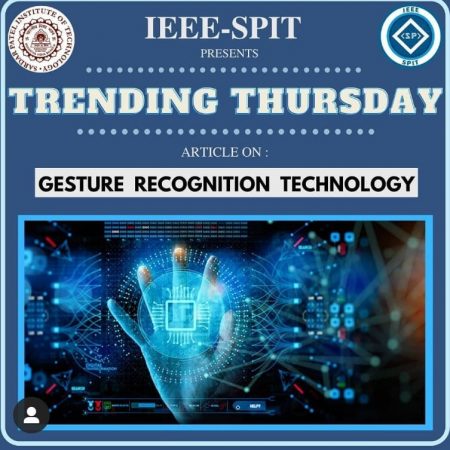
Gesture Recognition System
Gesture recognition, in simple words, is the ability of a computer to understand gestures and execute commands accordingly. The term “gesture” refers to any form of non-verbal communication that is intended to communicate a specific message. But pertaining to gesture recognition, the same term is defined as any physical movement that can be recognised by any motor sensor. In some cases, it may expand to verbal commands as well. The process works in a way that one may not need to physically touch something to get the desired output, instead, a motion sensor perceives and interprets movements as the primary source of data input. Few of the day to day examples where we come across gesture recognition technology can be proximity sensors, unlocking a device and many more.
Companies such as Intel and Microsoft, have already created use cases for the growing technology of gesture recognition. Microsoft has even developed a plan to explore camera-based gesture recognition within surgical settings. This would allow a surgeon to view and manipulate a patient’s x-rays or lab reports without having to “break scrub”. Italian start-up Limix uses gesture recognition to record the sign language hand movements of deaf people which are further translated into words and played by a voice synthesizer on a smartphone.
In a nutshell, Gesture recognition technology has the potential to open doors to a whole new world of input possibilities. Its presence is not just limited to smartphones and tablets but also spread across a variety of video game consoles, human-machine interfaces and many more. With every new day, its popularity has been growing immensely, showing no sign of stopping any time soon.
-Author:
ANUPRIYA DASGUPTA
-Creative: DIVIJA
